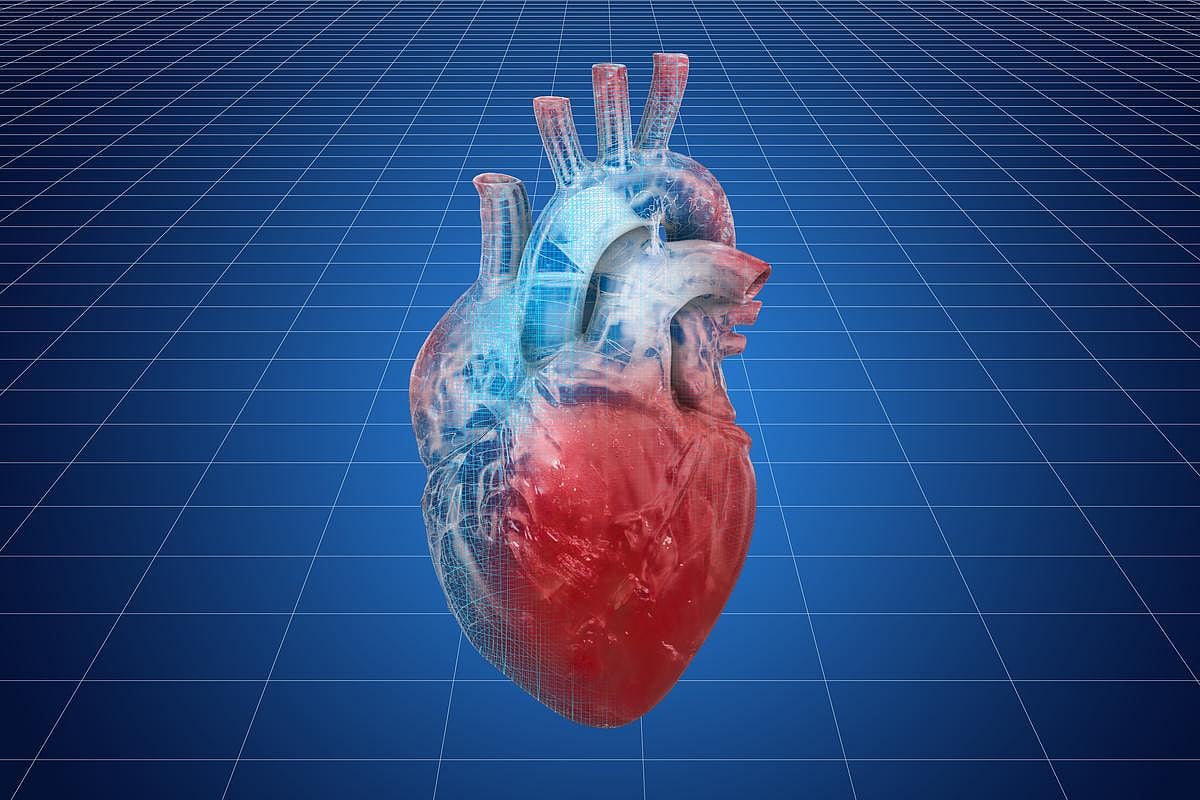Significant association seen for AI-TCFA with primary outcome of composite of any-cause death, nonfatal MI, unplanned revascularization at two years
By Elana Gotkine HealthDay Reporter
TUESDAY, Sept. 2, 2025 (HealthDay News) — An artificial intelligence (AI)-based image analysis can identify coronary thin-cap fibroatheromas (TCFAs), which are associated with adverse cardiovascular outcomes, according to a study published online Sept. 1 in the European Heart Journal.
Rick H.J.A. Volleberg, M.D., from Radboud University Medical Center in the Netherlands, and colleagues conducted a secondary analysis of a prospective observational study in which 438 patients with myocardial infarction underwent optical coherence tomography (OCT) of all fractional flow reserve-negative nonculprit lesions (target lesions). OCT images were analyzed for the presence of TCFA by an independent core laboratory (CL-TCFA) and a recently developed and validated AI segmentation algorithm (AI-TCFA).
Overall, AI-TCFA and CL-TCFA were identified in 34.5 and 30.0 percent, respectively, of the 414 patients. The researchers observed a significant association for AI-TCFA within the target lesion with the primary outcome (defined as the composite of death from any cause, nonfatal myocardial infarction, or unplanned revascularization at two years; hazard ratio, 1.99; 95 percent confidence interval, 1.02 to 3.90; P = 0.04); the hazard ratio for CL-TCFA was not significant (1.67; 95 percent confidence interval, 0.84 to 3.30; P = 0.14). AI-TCFA showed a stronger association with the primary outcome when evaluating the complete pullback (hazard ratio, 5.50; 95 percent confidence interval, 1.94 to 15.62; P < 0.001).
“Thanks to our AI, we are now a step closer to scanning entire coronary arteries for vulnerable spots in clinical practice,” coauthor Jos Thannhauser, Ph.D., also from Radboud University Medical Center, said in a statement. “I do expect, however, that it will take a number of years before this becomes reality.”
Several authors disclosed ties to the medical technology and imaging industries.
Copyright © 2025 HealthDay. All rights reserved.








